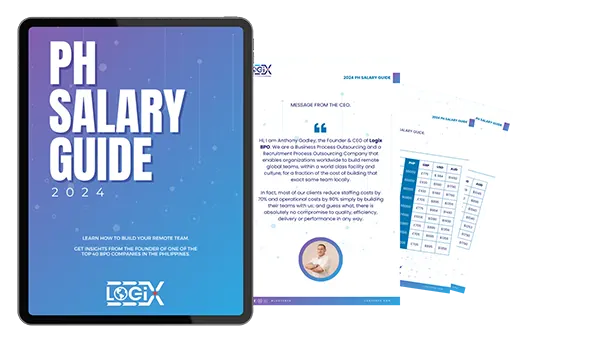The marketing landscape is a constantly changing environment, making it difficult for most businesses to keep up. All the most successful companies know that staying up to date with all the trends is critical to operations, along with investing in marketing research and practices.
The same holds true for email marketing, which is a tool many believe to be a dying venture. Considering the vast world of the internet, it can be easy to believe that the claim is a fact.
Myths and misconceptions make the whole landscape an even more confusing blur, which has prevented countless brands from pursuing growth and success. They hinder the overall marketing performance, especially when it comes to email campaigns, which are still widely used all over the world for their success rates.
To avoid confusion, it helps to refer to a clear brand identity guide that aligns your messaging and marketing efforts.
If you’re still stressing over your email marketing campaigns due to countless myths and misconceptions, it’s time to stop believing in them once and for all.
This is part one of our mini-series, where we gather the top email marketing campaigns circulating the internet, and debunk them, for good:
Myth #1: Email marketing automation is not worth it
Change is always difficult to grasp, particularly if it costs time, effort, and money. The dawn of the digital age has caused businesses all over the world to shell out more on costs, all in the name of digitalisation.
Unfortunately, this has caused many to believe that combining marketing automation with email campaigns is expensive. This is far from the reality, however, as email marketing automation actually allows you to segment your audiences better.
As a result, you’re able to deliver better and more personalised messages, ensuring that they resonate. The best part? They are all done automatically. You can schedule them and watch as emails still get sent, all without pouring in too much effort.
Myth #2: Unsubscribers compromise your overall email efforts
Consumers behave however they wish to behave, which is why it’s important to remember that unsubscribes are always going to happen. While seeing a spike in the unsubscribe rate is never ideal, you can turn it around by seeing it as an opportunity to learn.
You’ll be able to gain valuable insights on the current tactics employed, gauging which work and which do not. IP reputation disasters can also be avoided—unsubscribes are always better than being marked as spam.
Consider it a healthy engagement, and tweak your campaigns into better ones from there.
Myth #3: Sending out too many emails is undesirable
Most businesses hesitate to send out emails out of fear of annoying or frustrating their client base.
While there is a semblance of truth behind this concept, keep in mind that sending too few emails can also hurt your campaigns.
The best way to avoid coming off as spam is to simply provide them with better content. Anything deemed valuable will be welcomed with open arms, especially if it resonates well with your audiences.
If you’re a company selling technological tools, it may pay to provide them with instruction guides. Come the holidays, coupons will be well appreciated.
At the end of the day, it’s all about strategy and creativity.
Handling Your Email Marketing Campaigns Better
Many believe that email marketing is a dead tool, but it continues to rake in success for various businesses all over the world.
The myths listed above may also prevent you from fully exploring its potential, so make sure to keep this guide in mind.
The best way to ensure sustainable growth through email marketing is to simply listen to your client base and to stop believing in myths!
If you need assistance with email marketing, Logix BPO has you covered. We offer you a talented pool of virtual assistant professionals, dedicated to helping you enrich your marketing efforts.
Allow us to help you find and retain clients. Get in touch with us today for an expert outsourcing consultation.

